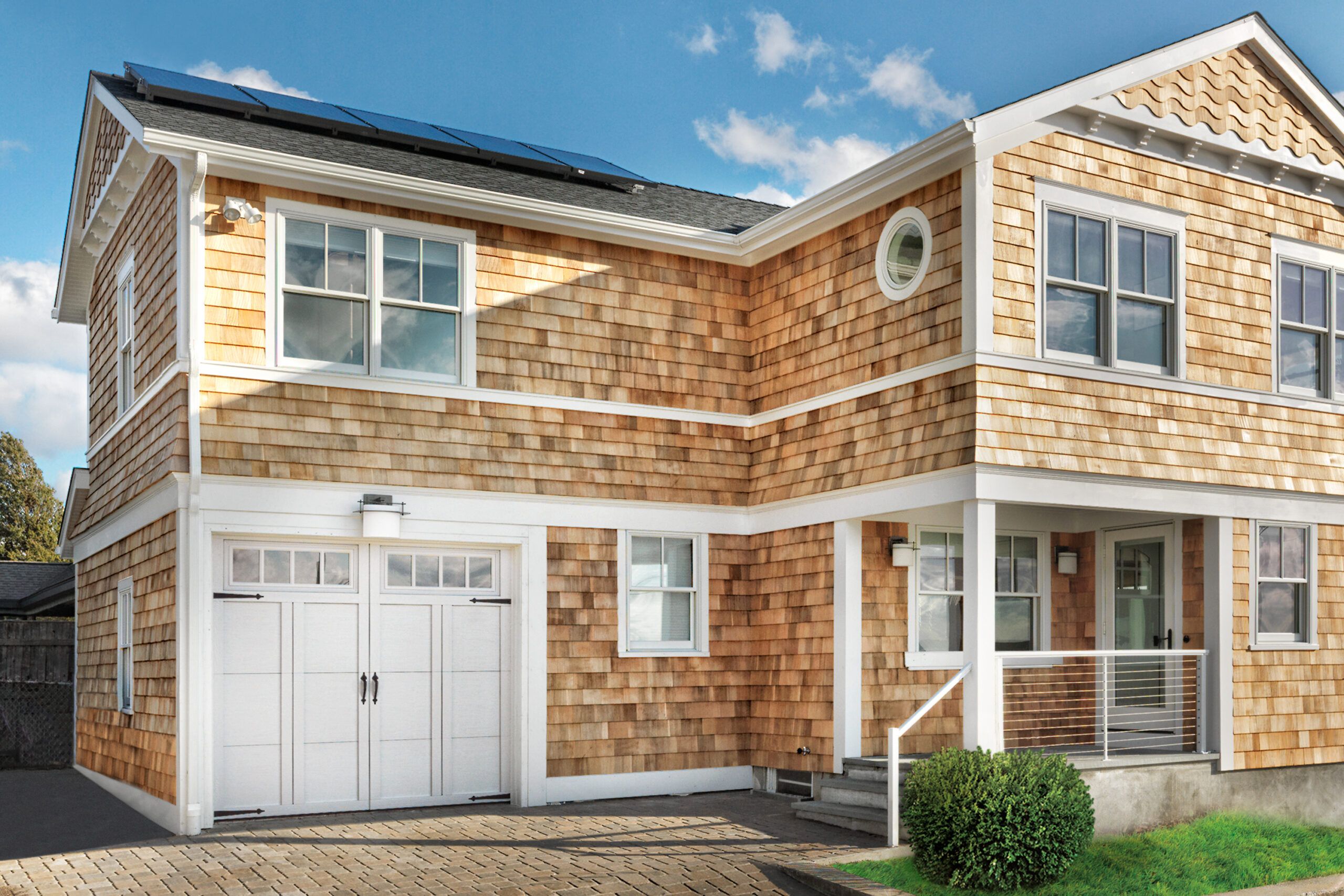Building an addition above the garage is an excellent way to expand your home’s living space without encroaching on your yard. In this guide, we’ll cover the benefits, planning and design considerations, structural requirements, safety codes, and the construction process of adding on above the garage.
Benefits of Above-Garage Additions
Whether you want to add a new bedroom, home office, or recreational room above your garage, the additional square footage will increase your living space and boost your home’s market value. Not only do these additions maximize your existing property by using the vertical space, but also they preserve your yard space for landscaping or outdoor activities. Above-garage additions can also improve curb appeal since they often face the street and tend to be large.
1. Assess the Structural Integrity of the Existing Garage
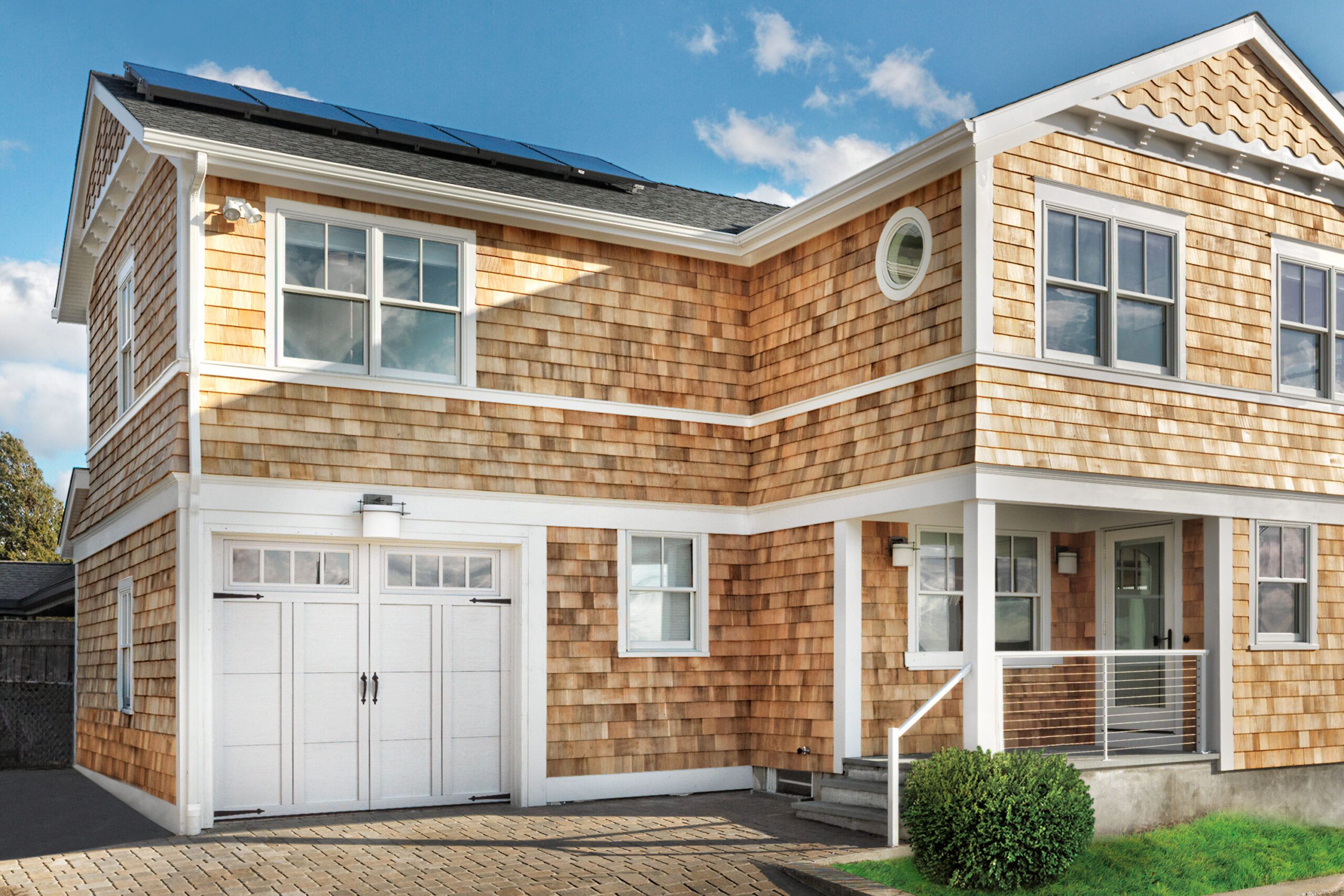
Before embarking on your above-garage addition, you’ll need to assess the structural integrity of your existing garage. Ensure that the current structure can support the added weight and will meet local building codes.
Fire Safety
Safety and compliance with building codes should be a top priority. Plan to incorporate fire-resistant materials and install proper fire exits that provide peace of mind and meet code requirements. Any addition should also have fire safety features like smoke detectors or sprinklers.
Professional Inspection
Hiring a structural engineer to evaluate your garage’s foundation and overall integrity is a wise first step. They will check for any weaknesses or damage that you’ll need to address before beginning construction.
If your garage requires reinforcement to support the new addition, you may have to strengthen the foundation, walls, or roof before you begin.
2. Addition Planning and Design Considerations

Careful planning and design are essential for a successful above-garage addition. You’ll need to consider different architectural styles, plumbing requirements, zoning laws, and more.
Architectural Styles and Home Layout
Matching your home’s architectural style enhances curb appeal and ensures that your above-garage addition blends seamlessly with the rest of the house. A new addition should complement your home’s layout, creating a cohesive and functional living environment.
However, the construction process could impact rooms adjacent to the garage—you may need to reroute hallways, alter room layouts, or adjust electrical, HVAC, or plumbing systems. Consider hiring an architect to draft design plans that align with your home’s aesthetics while optimizing the existing infrastructure.
Plumbing and HVAC Integration
Integrating plumbing and HVAC systems into your new space requires careful planning to provide comfort and functionality. If you intend to add a bathroom or kitchenette, plan the plumbing layout early on. Make sure that your home’s existing HVAC system can extend to the new space to keep it comfortable year-round, and consider energy-efficient options to minimize increased utility costs.
If you decide to include these systems, you’ll need to verify that the adjacent spaces in your home can support that integration.
Zoning Laws and Permits
Before you begin, research local zoning laws and obtain the necessary permits. Regulations vary by location and can affect various aspects of your construction project.
3. Maximizing the Value of an Addition
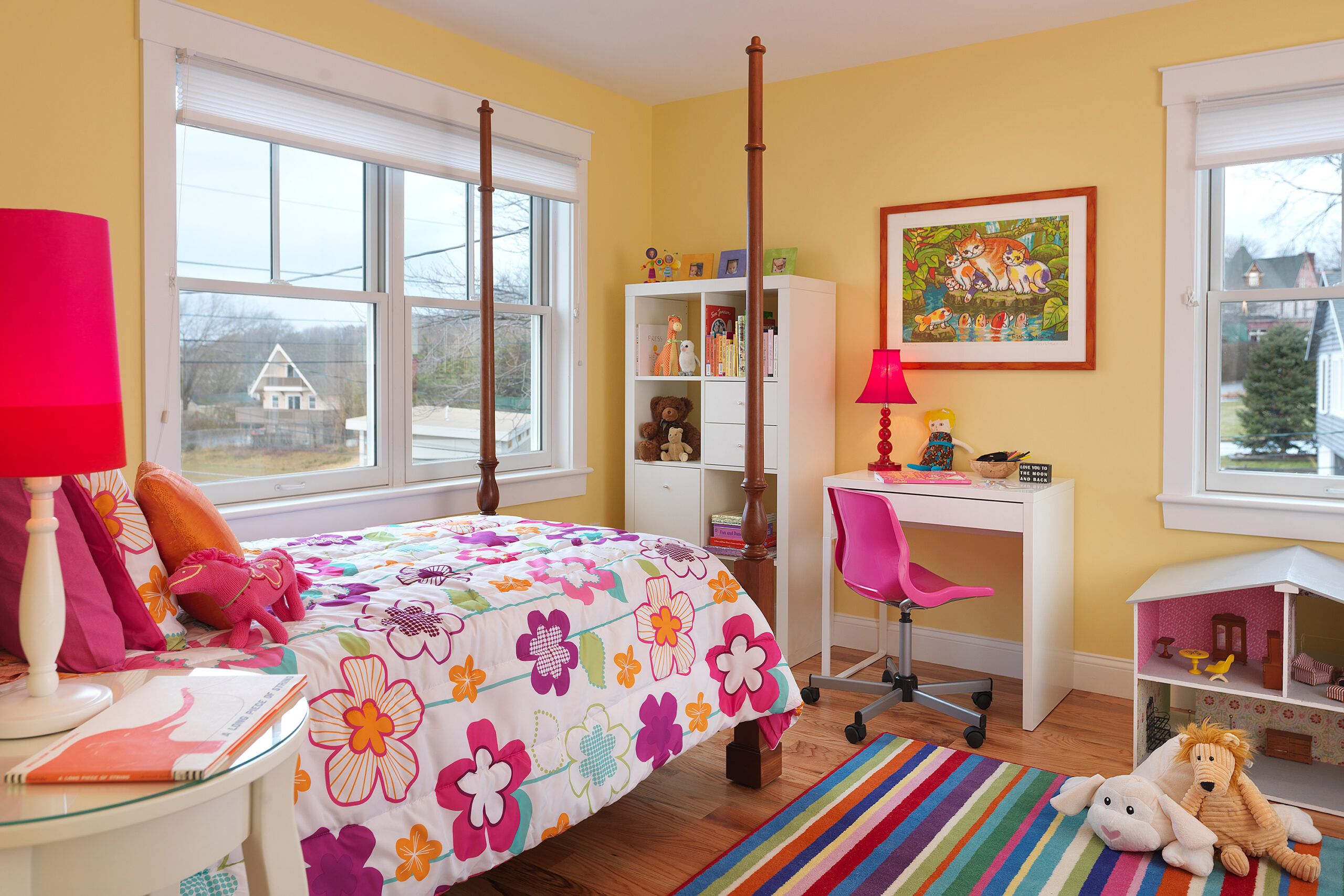
Maximizing the new space’s value involves thoughtful design and functionality considerations. Designing the space for multiple uses can increase its value. For example, a room that serves as both a guest bedroom and a home office provides versatility.
Adding bathrooms also tends to add value to homes, so if your plumbing system can support a new bathroom above the garage, that could be a smart long-term investment.
Finally, investing in high-quality materials and finishes can enhance the space’s appeal and longevity and provide better returns.
4. Budgeting and Cost Estimates for Your Addition
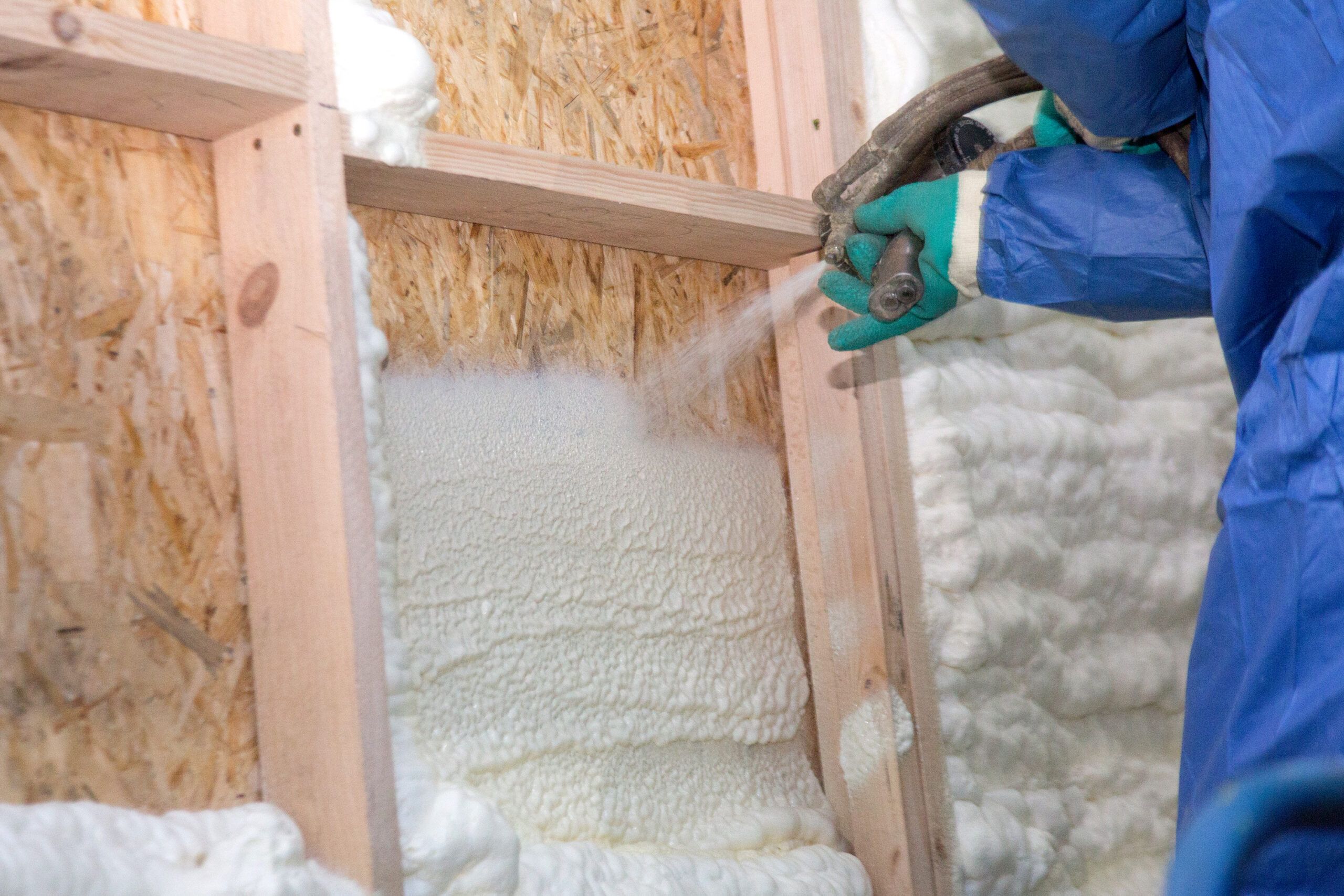
A comprehensive budget covering all aspects of the project ensures you are financially prepared from start to finish. Start by creating a budget that includes costs for design, permits, materials, labor, and any unexpected expenses. You may have to make sacrifices or compromises on your plan to make your budget work, so do this before starting construction. Nonetheless, you should still set aside a contingency fund for unforeseen issues that may arise.
You don’t have to pay for everything out of pocket. Explore various financing options, such as home equity loans or refinancing. Consult with a financial advisor to choose the best option based on your financial situation.
5. Step-by-Step Construction Process for Above Garage Additions
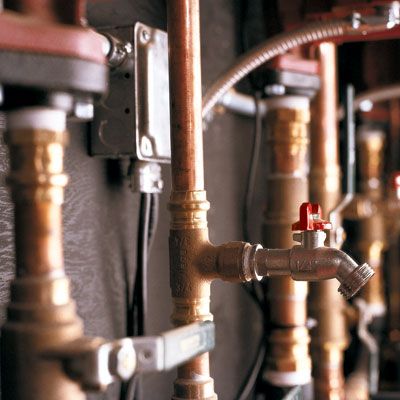
Understanding the construction process helps you stay informed and involved at each stage of the project. Most additions will follow the process outlined below:
- Preconstruction: This phase includes finalizing designs, securing permits, hiring a contractor, and preparing the construction site.
- Framing and structural work: The initial construction phase involves building the framework and supporting structures. This includes walls, floors, and roof trusses.
- Plumbing and electrical work: Once your contractor has completed the framing, your plumbers and electricians can install the necessary systems.
- Interior and exterior finishes: Finally, complete the interior and exterior finishes, such as drywall, flooring, paint, and siding. These finishing touches bring your addition to life.
6. Prepare for Potential Challenges and Solutions
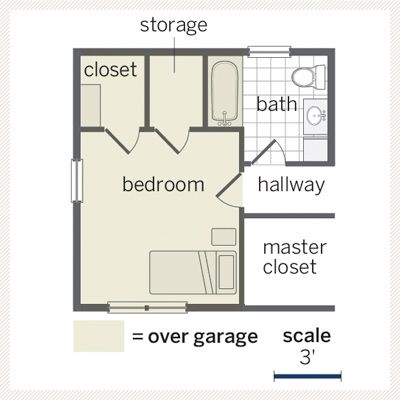
Anticipating potential challenges can help you prepare and address issues promptly. Issues with the existing garage structure may arise, requiring reinforcements or alterations. Consulting with professionals early can mitigate these problems.
Weather conditions can also delay construction, particularly in regions with harsh climates. Plan for weather-related disruptions and adjust your timeline accordingly.
Our Conclusion
Adding on above the garage offers a practical solution for expanding your home’s living space. By understanding the benefits, planning meticulously, and adhering to safety standards, you can create a valuable addition that enhances your home’s functionality and value.
